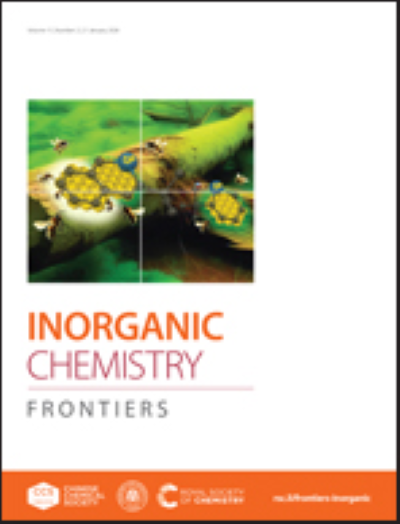Intensified ion-to-channel interactions within pyridinic covalent organic framework membranes towards exclusive lithium-ion sieving
IF 6.1
1区 化学
Q1 CHEMISTRY, INORGANIC & NUCLEAR
引用次数: 0
Abstract
Membrane separation technologies demonstrate outstanding potential for achieving efficient lithium-ion (Li+) extraction from the battery leachate in a high-value and eco-friendly way, but, up to date, the rare focuses on developing one kind of specific Li+-filter applicable in this context. Herein, we prepared a pyridinic two-dimensional covalent organic framework (2D COF-Py) membrane featuring non-angstrom-sized 1D channels for exclusive Li+ sieving. The 2D COF-Py membrane enabled an excellent Li+ permeance (∼30 mmol m−2 h−1) with impressive Li+/M2+ selectivity of over 47 under any mixed salt conditions (e.g. LiCl-CoCl2, LiCl-NiCl2, and LiCl-MnCl2). The experimental measurements and theoretical calculations revealed the dual roles of pyridine groups in dominating the ion transport behavior across the COF membrane. One role was to ensure fast Li+ transmembrane activity via electrostatic attraction and the other was to suppress M2+ free diffusion by forming strong coordination interactions. When stimulated battery leachate (a quaternary cation solution) was used as the feed solution, the COF-Py membrane not only sustained a striking separation performance under a long-term operation test without losing any trade-off but also maintained structural stability under high-salinity conditions.

求助全文
约1分钟内获得全文
求助全文
来源期刊

Inorganic Chemistry Frontiers
CHEMISTRY, INORGANIC & NUCLEAR-
CiteScore
10.40
自引率
7.10%
发文量
587
审稿时长
1.2 months
期刊介绍:
The international, high quality journal for interdisciplinary research between inorganic chemistry and related subjects
 求助内容:
求助内容: 应助结果提醒方式:
应助结果提醒方式:


